Four Reasons Why September 2017's U.S. Auto Sales Picture Isn't As Rosy As It Seems
In September, for the first time in 2017, auto sales were higher this year than last.
Substantially higher.
Compared with September 2016, auto sales in America last month were 6 percent higher, far healthier than the modest sub-1-percent uptick analysts predicted. Booming pickup truck volume, big gains from America’s best-selling SUVs and cars, continued growth from trend-bucking Subaru, and rebounds at Volkswagen resulted in an industry that reported 1.5 million total sales, nearly 90,000 more than in September 2016.
The seasonally adjusted annualized rate shot up to 18.6 million, the best SAAR since July 2005, according to Automotive News. Over the last half-decade, Americans have averaged fewer than 1.3 million September new vehicle acquisitions. Last month’s result was 18 percent better than the September average.
Sunshine and roses? An end to the U.S. auto industry’s gradual slide? A sign of a perfectly healthy market? We have four reasons you should be skeptical.
Replacements
It will take weeks, months, and years to repair different aspects of southeast Texas after Hurricane Harvey decimated the Houston region. Indeed, the human toll can’t be measured and won’t be repaired.
Automakers work hard, however, to instantly refill the vehicle network by offering steep discounts to consumers who lost their vehicles to flooding. Ford, for example, improved its September sales by 18,199 units and says less than one-third of that increase in nationwide volume was related to post-Harvey replacement demand. (Some 5,000 of Ford’s 221,643 total September volume was down to the employee pricing Ford offered to flood victims.)
Due to the pickup-truck-heavy nature of Texas and the Detroit Three, Ford, General Motors, and Fiat Chrysler Automobiles were most prone to seeing temporary, regional demand increases. Edmunds says car shopping in Houston during the three post-storm weeks was more than twice as active as car shopping in the three pre-storm weeks.
Incentives
While the average transaction prices for new vehicles decreased 1.1 percent in September 2017, according to ALG, the average discount offered on new vehicles increased 1.5 percent to $3,742, year-over-year. That’s correct: automakers were selling vehicles for less money while also discounting them more heavily.
BMW, FCA, Ford Motor Company, General Motors, Mercedes-Benz, and Nissan all required more than $4,200 per vehicle to produce September’s massive sales output. At Hyundai and Kia, where incentives are lower, the year-over-year increase in incentives was 17 percent and 21 percent, respectively.
Inventory
As automakers begin to stock 2018 models in large numbers, the existence on dealer lots of plentiful MY2017s is a problem that can seemingly only be resolved by, that’s right, the aforementioned elevated incentives.
Edmunds says that vehicles are averaging an 80-day stay on a dealer lot before being sold and only 16 percent of September 2017’s sales were of the MY2018 variety. With inventory piling up, fleet sales at Ford rose 25 percent in September, year-over-year, while GM’s fleet volume was up 3 percent.
Weekends
Timing is everything, somebody once said. He or she was wrong — horsepower is everything — but timing is certainly important. America’s auto sales calendar is quirky. In September 2016, there were 25 official selling days during a sales month that ran, as the Gregory would expect, from September 1st to September 30th. The 25 selling days indicates all Monday-Saturday spans save for Labor Day.
In September 2017, there were 26 selling days because the auto sales calendar stretched through to October 2. Extra or fewer “selling days” can be misleading. Generally, it’s the number of weekends that count, particularly with the prevalence of car dealers that are open on Sundays.
Yet in September 2017, there were five weekends on which consumers could buy new cars, up from four a year ago. Thus, taking the daily selling rate into account, U.S. auto sales rose just 2 percent in September 2017, not 6 percent.
Timothy Cain is a contributing analyst at The Truth About Cars and Autofocus.ca and the founder and former editor of GoodCarBadCar.net. Follow on Twitter @timcaincars and Instagram.
More by Timothy Cain
Latest Car Reviews
Read moreLatest Product Reviews
Read moreRecent Comments
- Probert They already have hybrids, but these won't ever be them as they are built on the modular E-GMP skateboard.
- Justin You guys still looking for that sportbak? I just saw one on the Facebook marketplace in Arizona
- 28-Cars-Later I cannot remember what happens now, but there are whiteblocks in this period which develop a "tick" like sound which indicates they are toast (maybe head gasket?). Ten or so years ago I looked at an '03 or '04 S60 (I forget why) and I brought my Volvo indy along to tell me if it was worth my time - it ticked and that's when I learned this. This XC90 is probably worth about $300 as it sits, not kidding, and it will cost you conservatively $2500 for an engine swap (all the ones I see on car-part.com have north of 130K miles starting at $1,100 and that's not including freight to a shop, shop labor, other internals to do such as timing belt while engine out etc).
- 28-Cars-Later Ford reported it lost $132,000 for each of its 10,000 electric vehicles sold in the first quarter of 2024, according to CNN. The sales were down 20 percent from the first quarter of 2023 and would “drag down earnings for the company overall.”The losses include “hundreds of millions being spent on research and development of the next generation of EVs for Ford. Those investments are years away from paying off.” [if they ever are recouped] Ford is the only major carmaker breaking out EV numbers by themselves. But other marques likely suffer similar losses. https://www.zerohedge.com/political/fords-120000-loss-vehicle-shows-california-ev-goals-are-impossible Given these facts, how did Tesla ever produce anything in volume let alone profit?
- AZFelix Let's forego all of this dilly-dallying with autonomous cars and cut right to the chase and the only real solution.



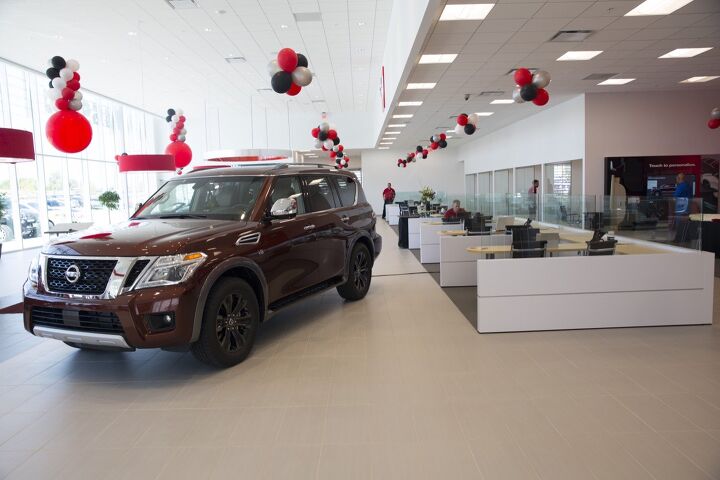















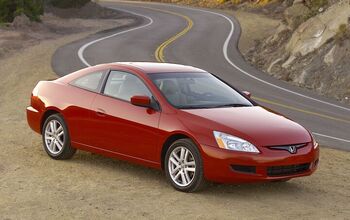
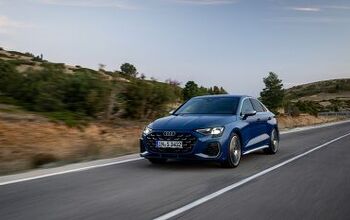

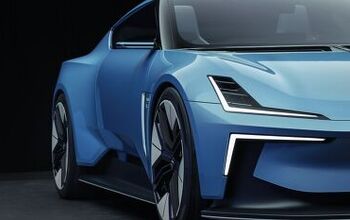
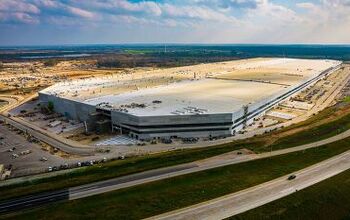
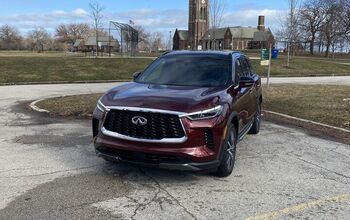
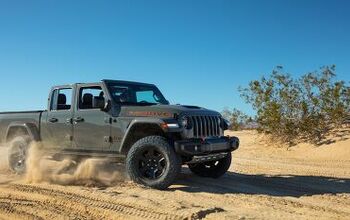
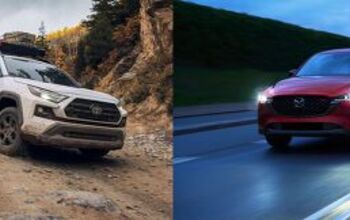
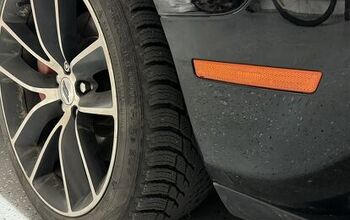
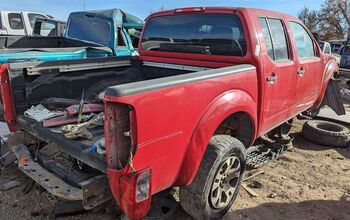
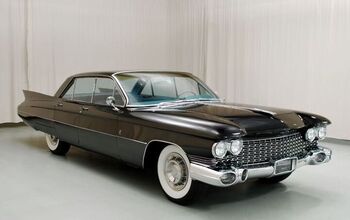

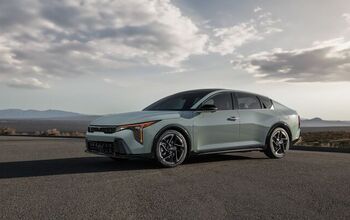
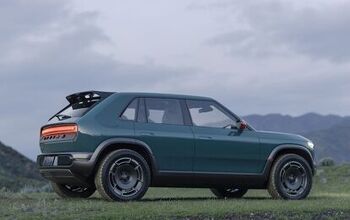
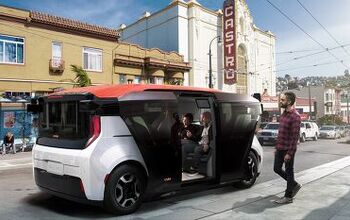
Comments
Join the conversation
I believe new-auto sales will remain higher than forecast well into Spring 2018 as more insurance claims are settled and paid-out. Without the Hurricanes and Flood, auto sales would have been lower, as per trend.
I agree that the two storms have helped sales. However, another thing to look at is the labor participation rate. As more people are actually finding work, a few more people are buying cars. Even though in June, I started a new job that pays well, my wife and I decided that it would be better to buy a used vehicle instead of buying a brand new Chevy Silverado. I bought a '98 Silverado from my mother-in-law for $1,000. No payments, and I can fix this on up a little and have a nice truck with relatively low miles. The new trucks are just too expensive. Heck, not just trucks, cars in general are getting to be too expensive. Hence the deep discounts and rebates.